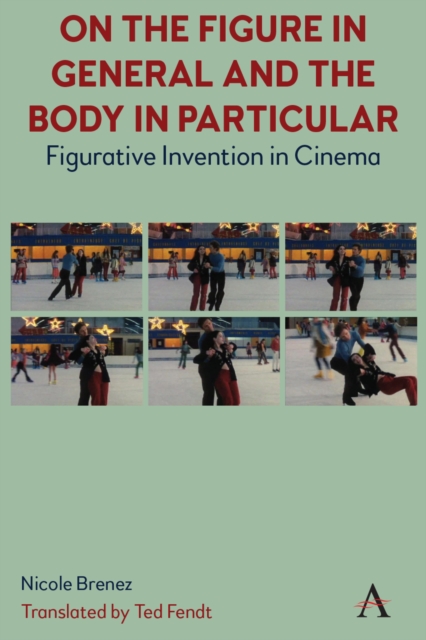
On The Figure In General And The Body In Particular: : Figurative Invention In Cinema PDF
by Nicole Brenez
Description
In this selection of essays written for a variety of publications and platforms throughout the 1990s (essays, program notes, conferences), Nicole Brenez sets out and applies the tenets of what she dubs the "figurative analysis" of cinema. As the title suggests, her two main interests could broadly be summarized as the "figure" (in general) and the "body" (in particular). An actor performing on screen is, of course, a body, but Brenez goes beyond psychological or purely dramatic considerations, studying how formal elements such as framing, lighting, and editing determine what a body is and an audience's perception of it as well as how cinematic devices can be used to create new bodies - as in the science fiction films of the 1990s that posit hybrid, post-human forms. At the same time, a body can also be a collective of individuals or even themes and motifs brought together via cinematic means.
The term “figure” also has a broad and rich meaning in Brenez’s work, informing concepts such as “figural analysis,” “figural economy,” “figurative invention,” or pure “figuration.” While glimpses of these concepts have appeared in scattered translations over the years, this collection represents the first comprehensive and expansive selection of her writings on cinema in English.
Brenez is interested in the myriad of shapes that figures take in film: shadows, silhouettes, and contours, but also themes and motifs, and how these are visually and aurally manifested. She is especially interested in the ways in which an individual film produces these figures or figurative constellations. Laying out a methodology in the book’s introduction (a letter to John Ford biographer Tag Gallagher), Brenez goes on to analyze and interpret the myriad of figures found in movies by filmmakers ranging from John Woo to Paul Sharits as well as classics by Orson Welles and Sergei Eisenstein. At once rigorous and open, the originality of the films Brenez studies and her very stimulating intuitions and connections, has produced one of the major studies of cinema of the late 20th century.
Information
-
Download - Immediately Available
- Format:PDF
- Pages:260 pages
- Publisher:Anthem Press
- Publication Date:11/07/2023
- Category:
- ISBN:9781839987823
Other Formats
- Hardback from £80.00
- EPUB from £22.50
Information
-
Download - Immediately Available
- Format:PDF
- Pages:260 pages
- Publisher:Anthem Press
- Publication Date:11/07/2023
- Category:
- ISBN:9781839987823






